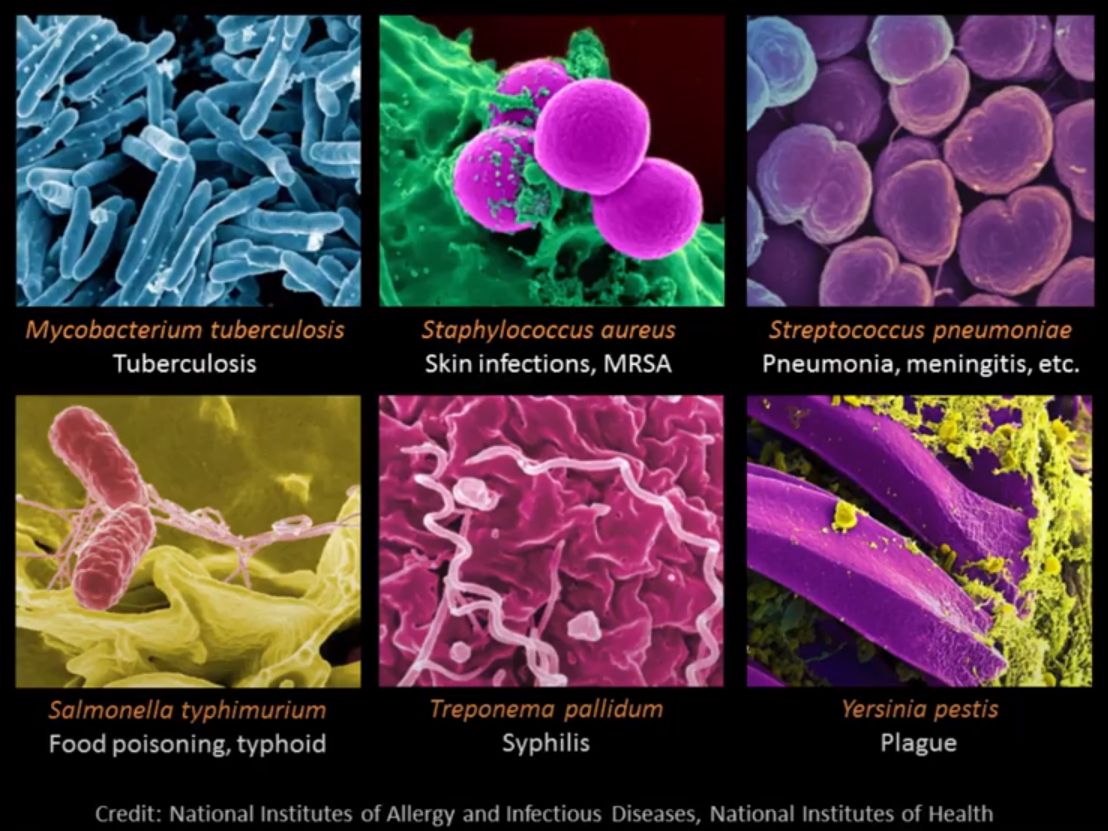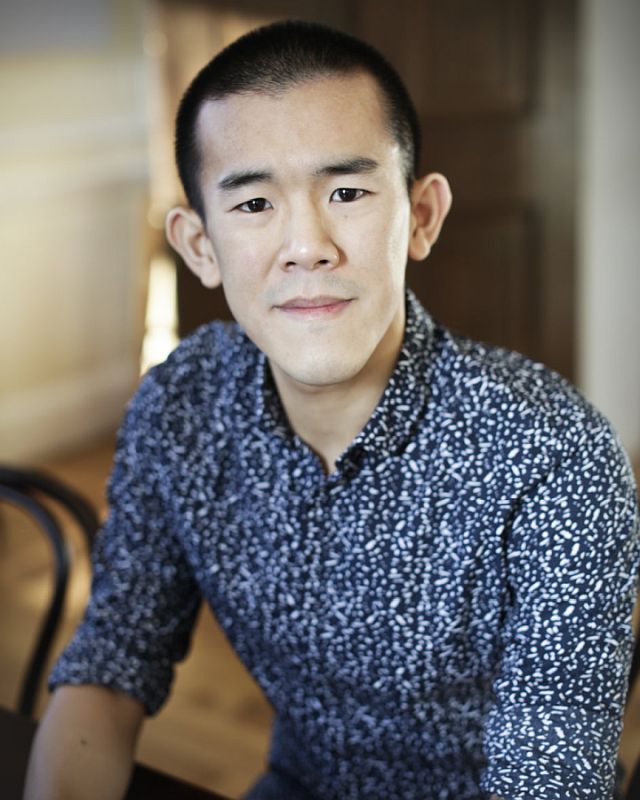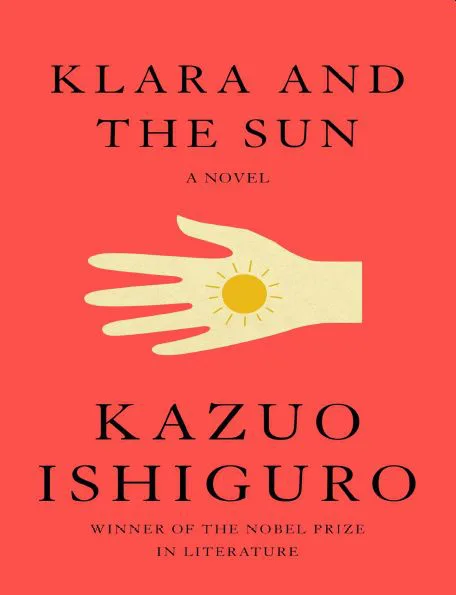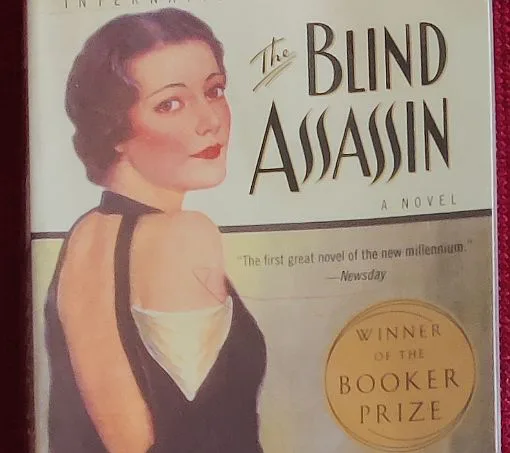
Ed Yong’s masterful journal, I Contain Multitudes happens to be my first microbiology book that I decided to hang out with. And it didn’t let me down, in fact, the book offers a fascinating glimpse into the world of microbes.
We human beings, the complex structure, are the result of an extraordinary interactive symbiosis spun from the first and foremost inhabitants of planet earth, the bacteria. Decades of observations and discoveries from Kendall to Rosebury to Relman concludes that microbes are more than we thought.
Antonie van Leeuwenhoek first discovered bacteria in 1676. He observed the microbe using single-lensed microscopes of his own design and make.
Idea that microbes are associated with dirt and disease is a recent one – centuries after Leeuwenhoek – especially after humanity hit with bacterial diseases like plague, gonorrhea, syphilis, leprosy, cholera, tuberculosis and so forth.
However, vast majority of bacteria is beneficial to us. They have been around much longer than us. Predominantly life on earth has been microscopic.
Timeline of Earth’s history
Microbes are the building block in the evolutionary steps across species.
To have a better view of the world of microbes, Yong compressed the entire 4.54 billion years of Earth’s history into an imaginary calendar. As per him, bacteria first appeared in mid-March while multi-cellular organisms evolved somewhere in October. Flowers and mammals emerged in December. The era of dinosaurs ended on 26th December while the age of Homo sapiens appeared on 31st December.
Bacterial symbionts
We have around 39 trillion microbial cells in our body, that includes bacteria, viruses and fungi. As David Relman, in 2005 Kinyoun Lecture, National Institutes of Health said, “We are 10 parts microbe, and one part human. We are clearly outnumbered.”
We just access the superficial layer of the world around us. There are things everywhere we cannot see. Without understanding them, the microbes, we cannot understand ourselves.
Human beings develop from a single fertilised egg into an adult body. The progression does not only unfold from the genetic code but also from “conversations and negotiations” with the microbes within us.
When a mother is lactating her baby, she is also building an entire world inside baby’s body. An ecosystem of gut bacteria.
Bacterial symbiosis is also seen in other multicellular organisms, for instance, luminosity in Hawaiian bobtail squid is controlled by luminescent bacteria. These bacteria first colonise and then assists in the development of light-emitting organs.
Similarly, the beewolf wasp spurts out bacterial paste on its larvae. The insect team up with symbiotic bacteria to protect their offspring against antibiotics as they morph into adults.

Microbes shape and sculpt bodies
Lacking connection to the microbial world lead to improper development of internal organs. In one of the experiments, Yong kept a rat in a sanitised environment and he noticed that the rodent developed poor cognitive skills. Also, his ability to digest food was equally disturbed.
Microbes help build the part of our immune system. They stimulate the growth of different types of immune cells. Also help in keep those bodies safe and healthy.
Besides immunity, they shape our behaviour as well. After all, microbes living in our gut can affect the way we think.
We are just another habitat
The 1970s research in microbiology took a leap with the addition of DNA sequencing. It helped not only to identify individual species but it also assisted in categorising genetic and molecular capabilities.
Microbes are not our friends even those that live within us and have beneficial sides of them. We are just another habitat / ecosystem for them precisely like soil or water asserted Yong.
Cocktails of bacteria to specific needs
Genomes remain same throughout our lives but microbiomes can change in deliberate ways. Microbiomes are more flexible, more mutable. However, more conducive research has to be done in this field.
However, there are dimensions where researchers have started to get a grip on the world’s microbes. For instance, microbiologists are working on microbial transplants that’ll allow cows to feed on toxic plants in Australia or faecal transplants (odd as it may sound) that can cure humans of chronic diarrhoea.
Yong stresses on the fact that animal’s microbiome influences its ability to adapt to environmental change. And the therapeutic potential of changing our microbiome.

Takeaway
The book is a page turner. Very deftly, Yong touches on the evolution of microbes, the history of microbiology, bacterial symbionts – among microbes and between microbes & higher organisms. Finally, how researchers are exploring the microbiomes for the benefit of organisms as a whole.
It is clear, no matter what product we use to clean our skin, we are covered inside and out with microorganisms. Microbes are just everywhere. And this is true for every multicellular organism on Earth.
Nevertheless, we are stepping into the world where consciously we will take innovative approaches to address diseases as well as shape our minds and bodies.



